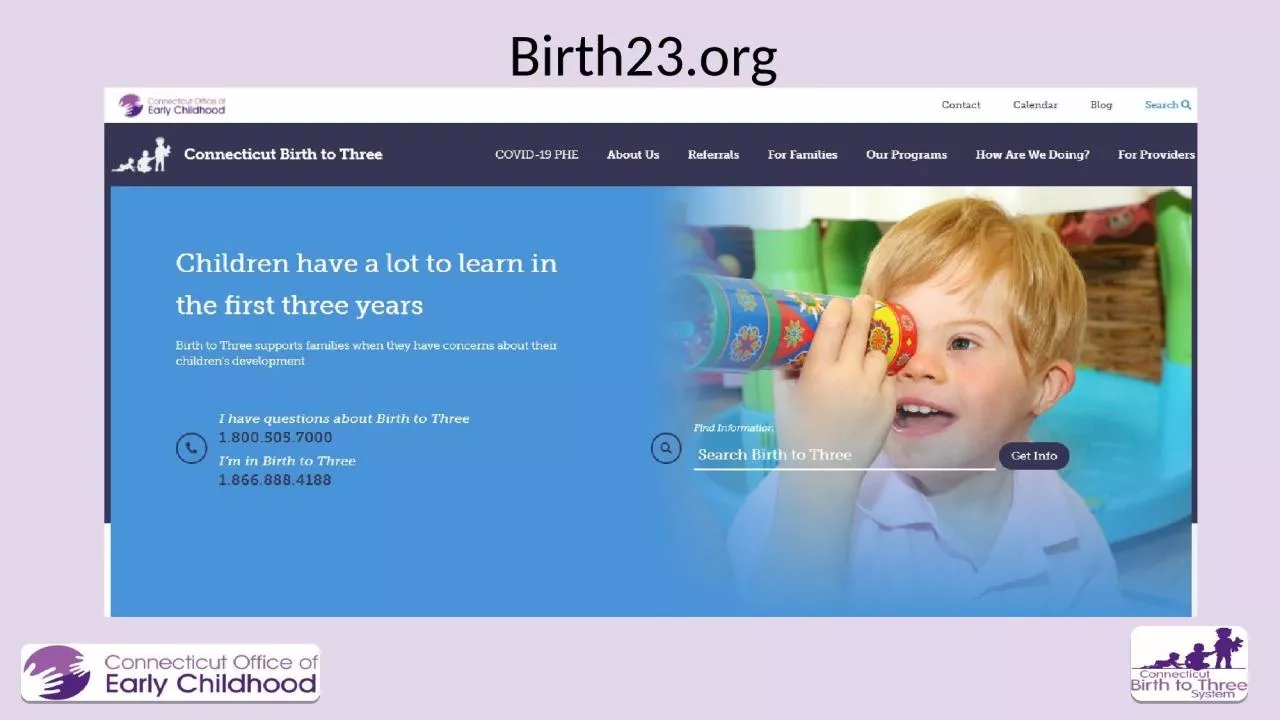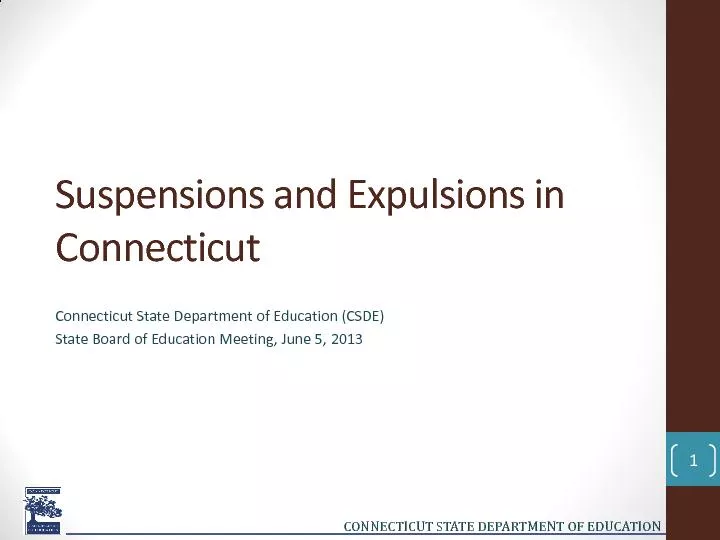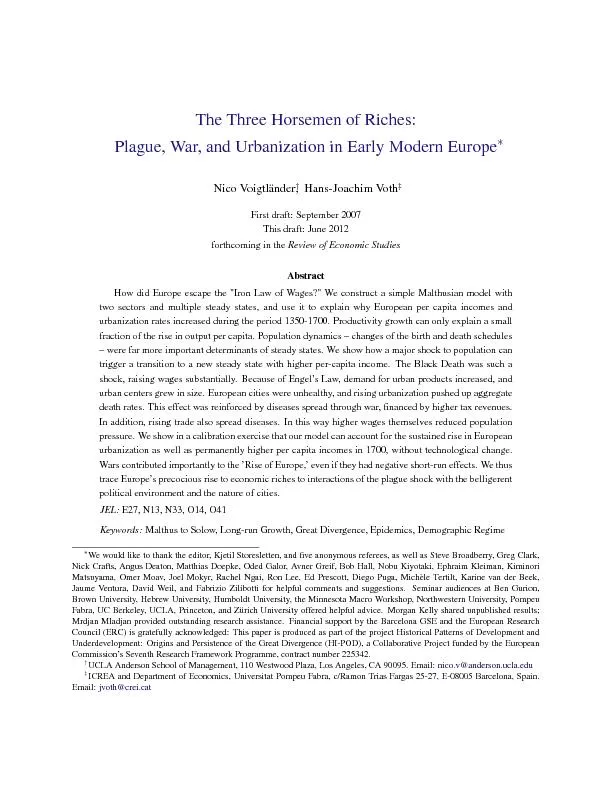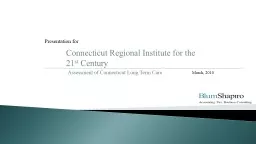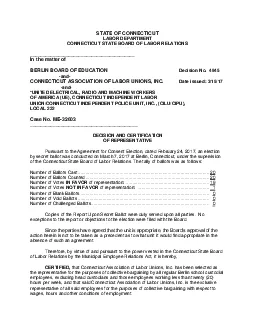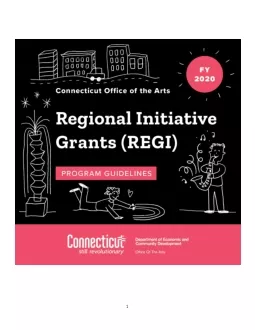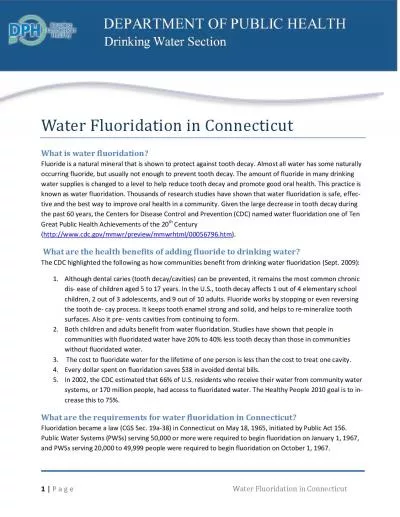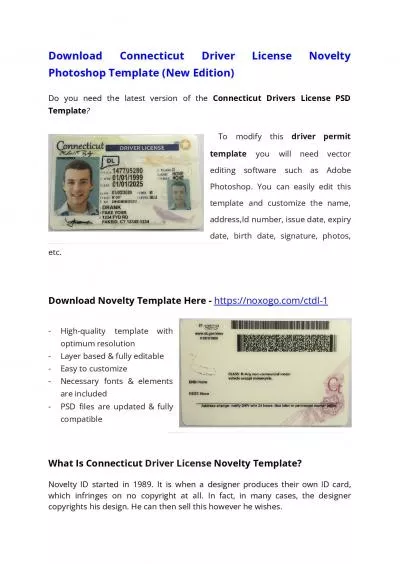PPT-Birth23.org Connecticut’s Birth to Three System
Author : delcy | Published Date : 2024-01-13
Supporting families to enhance the development of their child and connect to their communities EIS Early Intervention Services DSS and IDEA Part C of the IDEA
Presentation Embed Code
Download Presentation
Download Presentation The PPT/PDF document "Birth23.org Connecticut’s Birth to Thr..." is the property of its rightful owner. Permission is granted to download and print the materials on this website for personal, non-commercial use only, and to display it on your personal computer provided you do not modify the materials and that you retain all copyright notices contained in the materials. By downloading content from our website, you accept the terms of this agreement.
Birth23.org Connecticut’s Birth to Three System: Transcript
Download Rules Of Document
"Birth23.org Connecticut’s Birth to Three System"The content belongs to its owner. You may download and print it for personal use, without modification, and keep all copyright notices. By downloading, you agree to these terms.
Related Documents

